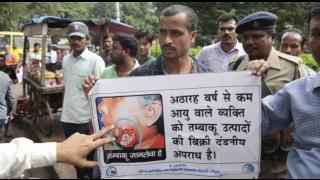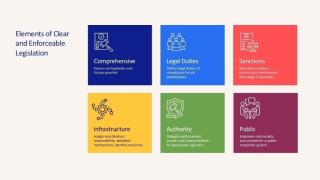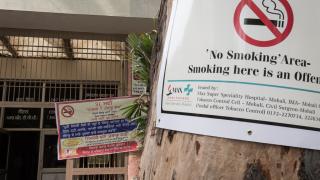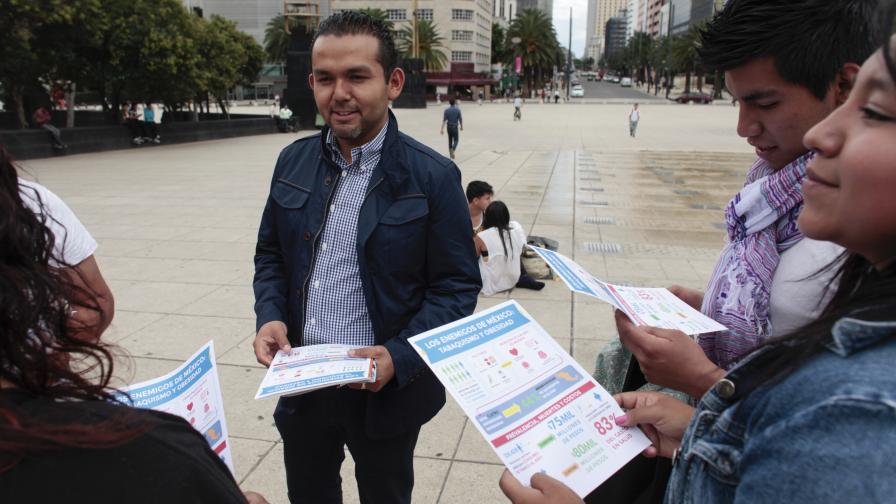
GOAL: Public are sensitized about the harms of tobacco and about the tobacco control laws
Educating the public on the specifics of tobacco control legislation and how it will benefit them can build support for the law and facilitate smooth implementation.
It requires active, targeted communication on the legislation, implementation and enforcement activities and health benefits of the law.
Why Plan a Public Education and Communication Strategy?
Additionally, public support for a law can help counter industry interference and assist the law become self-enforcing as societal and behavioral norms shift. Building a communications strategy that will ensure appropriate and effective communication to the right stakeholders is essential.
Educating business requires clear, proactive communication of the law, their responsibilities under it and the penalties they face for not upholding it. Signposting to useful resources and explaining the rationale for the law are also important.
featured resources
Campaign Beacon - Tobacco Control Strategic Communications
Campaign Beacon is an online resource from Vital Strategies of tested and proven, best practice media campaign materials designed to support tobacco control health objectives.
Examples of Information Materials for Businesses
Collection of example flyers and leaflets from tobacco control initiatives around the globe for different venues types, including restaurants, sports clubs, government buildings, tobacco retailers and more.
ENFORCING Strong SMOKE-FREE Laws: The Advocate’s Guide to Enforcement Strategies
This guide examines specific barriers to the enforcement of smoke-free laws and regulations and offers proven advocacy strategies for overcoming these barriers.
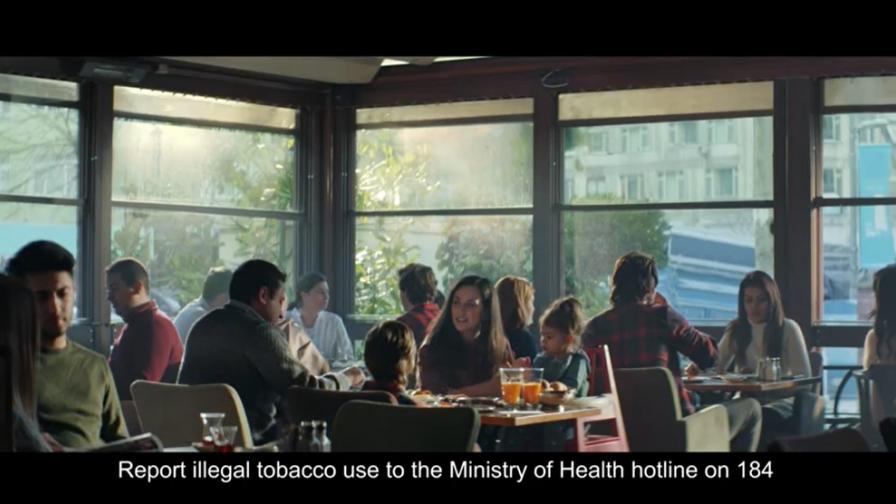
The government of Turkey, supported by Vital Strategies, ran an enforcement-focused campaign.
The campaign increased numbers to their complaint line (for compliance) from 74,000 to 154,000 the year they did the campaign.
How to Implement a Public Education and Communication Strategy
Raise awareness and engage both citizens and the media in reporting breaches
- Disseminate specifics of the law to build public support and correct misinformation
- Build the expectation of positive outcomes and pave the way for smooth implementation
Create tailored materials for target audiences to improve compliance
- Create effective materials that can be widely shared with the media, businesses, community allies and the public
- Provide educational training, guidance documents and online resources to help those who must comply with the law such as businesses, workplaces, managers and civilians in public places.
Key elements to include in these educational and guidance documents are
- Details of the law and key facts about it
- How the law applies to the stakeholders’ setting
- What their responsibilities are
- Signage requirements and sample signs, where appropriate
- Penalties and fine information
- Health and other benefits of complying with the law
- Requirements for training staff and sample training materials
Build a mass media campaign
Campaigns increase the effectiveness of tobacco control legislation by drawing attention to policy measures and healthy benefits of the legislation.
- Paid: refers to paying media outlets for coverage. Developing paid media strategies can be an effective initial step to publicize the legislation and lead to future earned media.
- Strategies for paid media: advertisements, commercials, posters, billboards
- Earned: refers to unpaid media coverage. Developing strategies for earned media is a cost-effective way to share information and build awareness
- Strategies for earned media: public consultations, collaborations with community allies, countering industry opposition
Mobilize local media
Mobilizing the local media to publicize legislation and implementation activities can result in higher compliance rates by keeping the public informed. Facilitate media mobilization through communications strategies such as mass media campaigns and disseminating information on the law and enforcement activities.
- Effective communications and education strategies will equip and encourage the media to:
- Report on compliance rates
- Report on violations and enforcement actions
- Demonstrate the law is working or not working
- Hold government accountable for failed or ineffective implementation
- Expose industry interference
- Create transparency around the law and implementation mechanisms
Publicize Educational Materials
Publicizing educational materials that will be present in the community and at point-of-sale will inform the public of laws and regulations and are an important way to educate and encourage compliance. This can be done through the local media, community allies, and other civil society organizations. Examples of educational materials:
- No smoking signage – no smoking signage is an important way to communicate and remind civilians of the smoke-free rules and regulations of their venue or setting and can impact social norms.
- Sales boards – posters and flyers at point-of-sale often include health warnings and sales to minors displays and can discourage the purchase of tobacco products.
- Health warnings on products – text and pictorial health warnings on tobacco products make tobacco products less appealing and discourage use by communicating the harms of tobacco.
Track and report impact of the campaigns
- Tracking knowledge, social and behavioral impact of campaigns and enforcement activities to inform future communication strategies and legislative decisions.
- Sharing results of enforcement activities builds the expectation that the legislation will be enforced and establishes a status quo that the public is following the law, boosting compliance.
Implementation Areas
Legislation
Effective tobacco control laws are passed by a legislative body to protect the public from the harms of tobacco use.
Regulations
Issued by an executive authority or government regulatory agency, a regulation (or rule, order, ordinance or guideline) explains how to implement a specific law and its related penalties and sanctions.
Countering Industry Interference
Extreme vigilance is the only way to counter the tobacco industry’s attempts to interfere with and muddy public health policies.
Coordination and Planning
Multiple government agencies are frequently tasked with tobacco control law implementation and enforcement. Effective coordination and communication between them is key.
Stakeholder mobilization
Tobacco control law compliance depends on diverse stakeholders with both the capacity and commitment to effectively implement and enforce them.
Enforcement Actions
Multiple agency coordination, stakeholder engagement with stakeholders, and strategy and planning activities are all critical components of enforcement.
Monitoring and Evaluation
A plan to assess progress and evaluate impact must precede implementation.
Compliance
Tobacco control law compliance increases the percentage of the population that is protected from tobacco harms.

